Friday September 21st… Dear Diary. The main purpose of this ongoing post will be to track United States extreme or record temperatures related to climate change. Any reports I see of ETs will be listed below the main topic of the day. I’ll refer to extreme or record temperatures as ETs (not extraterrestrials)😊. Here is today’s main climate change related topic:
Coastal Adaption After Big Storms
Humanity definitely has its conservative side wanting to keep landmarks and places the same from generation to generation just looking at architecture around coastal areas of this and other countries. When big storms come along people do their best to restore their property back to what it was before any weather event that wrecked it. Is this mentality smart since due to carbon pollution seas are rising and storms will likely be getting more fierce? Should literally billions of dollars be spent to restore coastal property back to exactly the way it was before a hurricane wrecked it? Of course not. For today’s discussion let’s clearly think about what can be done to adapt to a coastal environment that will be changing more rapidly with time as we move through this century and the next.
In the wake of Florence, ironically, this is what not to do. The state of North Carolina in 2012 legislated that disappearing coastline was not due to climate change: https://news.nationalgeographic.com/2016/10/saving-north-carolina-from-coastal-erosion-sea-level-rise-climate-change-btf/ Quoting this article from 2016:
“The debate in the Tar Heel State over how to effectively respond to the threat is far from settled. The science remains in dispute. The coastal plain river is dotted with signboards blaming flooding on federal wildlife refuge managers, as opposed to harsher storms and higher tides. The Republican-controlled state legislature drew ridicule in 2012 for attempting to “outlaw” climate change by prohibiting state agencies from planning for sea-level rise. In this year’s election, which includes a close governor’s race, the subject is so contentious that climate change barely comes up, if at all.”
So, essentially not much planning was made when Matthew in 2016 and Florence in 2018 barreled into the Tar Hill State. In one word…sad.
What should people do after powerful hurricanes cross the coast? Case in point. Here is an old article published around the time Matthew was threatening the U.S. in 2016 referring back to Sandy in 2012 : https://thetylt.com/culture/should-we-stop-rebuilding-coastal-areas-destroyed-by-natural-disasters When starting to read the thing it appears that the author sides with the argument that structures should not be rebuilt near the coast due to climate change, but then states the following trying to balance both sides at the end of the article:
What a load of hogwash. Earth is man’s domain. We are no longer settlers from across the pond, totally at the mercy of weather. Let’s not get carried away. As “This Old Host” host Kevin D. O’Connor writes in The Huffington Post:
Each year in this country we move trillions of gallons of water from rivers, reservoirs and aquifers to supply arid lands, irrigate farms and even water our lawns. We manipulate rivers, converting flood plains into farmland and neighborhoods. We push snow, capture wind, collect sunlight, and fight fires. And with human ingenuity and determination we will continue to press Mother Nature into service to meet our needs.
We have the technology:
But we have the technology to build better and stronger homes that can withstand the next storm. Homes in New Jersey will go up higher, foundations will be replaced by piles and breakaway walls, and building codes will change to account for new flood maps and new realities.
And retreating from the coasts means displacing millions of working-class Americans and major parts of our economy:
And when we talk about rebuilding the Jersey Shore, we’re not just talking about summer homes for the wealthy. We’re talking about modest homes occupied by middle-class year-rounders and businesses that support local families. We’re talking about reinforcing dunes and seawalls that protect not just private property but billions of dollars in public infrastructure — highways, railroads and power stations. And we’re talking about rebuilding the tourism industry — the $65 billion a year engine that drives a significant segment of New Jersey’s economy.
Here is a Salon article published on 10/1/18 right after Maria ravaged Puerto Rico. It’s been one year since this tragic event, and this island territory still hasn’t recovered: https://www.salon.com/2017/10/01/how-many-big-storms-before-people-abandon-coastal-cities_partner/ This article presents some startling facts:
People love living near the coast. Only two of the world’s top 10 biggest cities — Mexico City and Sáo Paulo — are not coastal. The rest — Tokyo, Mumbai, New York, Shanghai, Lagos, Los Angeles, Calcutta and Buenos Aires — are. Around half of the world’s 7.5 billion people live within 60 miles of a coastline, with about 10 percent of the population living in coastal areas that are less than 10 meters (32 feet) above sea level.
Coastal migration has been steadily trending upward. In the U.S. alone, coastal county populations increased by 39 percent between 1970 to 2010. As the population skyrockets — from 7.5 billion today to 9.8 billion by 2050, and 11.2 billion by 2100, according to a recent United Nations report — the question for sustainability and development experts is, will the world’s coasts bear the burden of all this humanity? But with the rise of both sea levels and extreme weather, perhaps a better question is, will all this humanity bear the burden of living along the world’s coasts?
In our materialistic world actually when a hurricane like Florence crosses the coast there is much economic stimulus due to the desire to rebuild with tremendous government, insurance and private funds going into the effort. Is this smart? After mulling over this subject for years I propose the following adaption efforts, not suggesting that there should be an immediate pullback from coasts susceptible to hurricanes, but stating that structures should not be replaced exactly as they were before the storm:
- If it needs to be built on stilts make sure that they are high enough, very sturdy, and on a firm foundation. Remember the story of the three little pigs with one building their house made out of straw? Taxpayers should not fork over money to subsidize folks who want to put their lives and property at risk near or on shorelines that will be more rapidly receding the next few decades. If you must build near the coast build a dwelling that can withstand at least CAT 3 winds and not in a storm surge prone area.
- Support efforts to grow and rebuild wetlands. Marshes extending miles into the ocean greatly reduce storm threats due to frictional effects. Louisiana has and will pay dearly for draining their swamps and wetlands.
- Mirror the Dutch. For hundreds of years the Dutch have invented dyke systems and levees that have protected their coast and land, much of which is below sea level. These efforts, however will be very expensive. We need to slowly pull away from the coast experimenting with what does work and what does not work but at the chalkboard/blueprint level knowing full well the probability of X piece of coast experiencing Y level of sea level rise at Z year. If it is too expensive to protect, well, give into nature and not settle onto that piece of coastal land. Big cities like New York, however, should do expensive adaption efforts so that dense population areas get a chance to relocate successfully with less traumatic impacts when big storms do come along.
- The cost of insurance will greatly dictate the affordability of a coastal home. Also, if coastal roads and other infrastructure get constantly washed away, in the long term these won’t be rebuilt, or mucho dinero will be needed spent for added protection. Key West used to have a railway connecting that vunkerable town to mainland Florida. No more. Let capitalism set the price for any coastal structures. If it’s too expensive to maintain, it won’t be built or rebuilt.

Very much related to this post that came out today:
As Japan saw in Typhoon #Jebi, airports around the world are vulnerable to storm surge–and the risk is rising with climate change https://bit.ly/2DiZj1S
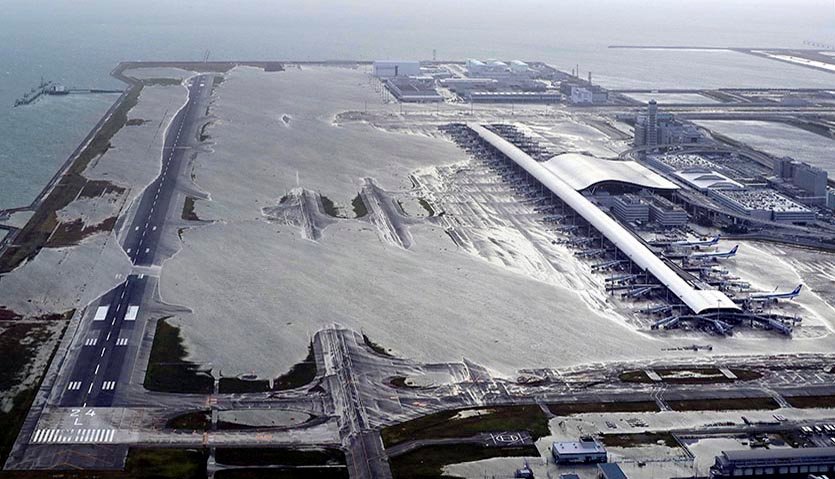
In 2016, Hurricane Matthew, a “500-year rain event,” hit North Carolina hard
In 2018, Hurricane Florence, a “1,000-year event,” hit all the same places, only harder
That’s climate change. And once again, it’s low-income areas that were hit hardest
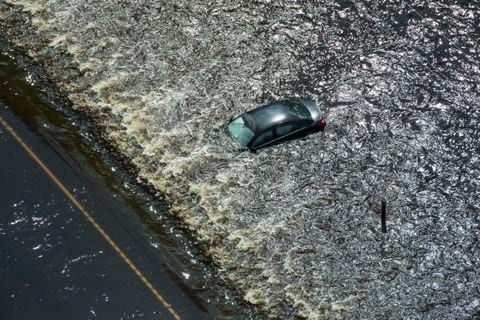
There has already been voluminous material written on this subject, which I suggest that all interested read. I dearly hope that North Carolina residents after being traumatized by Matthew in 2016 and Florence in 2018 take resources and use them wisely to rebuild. It will be interesting to see how Wilmington rebuilds after Florence. Will they try to rebuild old infrastructure mirroring the past or smartly build toward a future knowing what is ahead with climate change? We will see.
………………………………………………………………………………
Wow! 100F at Muscle Shoals, AL as late as 9/20. This reading was 1 degree shy of their old record of 101F set in 1925. What the Southeast is experiencing this September is not normal but becoming a bit more common this decade:

[3:56 PM]: The Muscle Shoals Airport has officially hit 100 degrees as of 3:49 PM. This makes Sept 20th the hottest day of 2018 at KMSL. The last time it hit triple digits this late in the yr was 2010 when it hit the century mark on Sept 21. Record latest is Sept 24, 1931. #HUNwx

I’ll be adding some of today’s climate related news in the space below:
(As usual, this will be a fluid post in which more information gets added during the day as it crosses my radar, crediting all who have put it on-line. Items will be archived on this site for posterity.)
 Andrew FreedmanVerified account @afreedma
Andrew FreedmanVerified account @afreedma
Context to understand the potential coal ash spill near Wilmington: the community is already fighting to clean up PFAS found in their drinking water thanks to a local chemical plant:
https://earther.gizmodo.com/coal-ash-could-be-spilling-into-north-carolinas-drinkin-1829229909
12:46 PM – 21 Sep 2018
At this rate, Earth risks sea level rise of 20 to 30 feet, historical analysis shows: ( https://www.washingtonpost.com/energy-environment/2018/09/20/antarctica-warming-could-fuel-disastrous-sea-level-rise-study-finds/?tid=ss_tw&utm_term=.f9eee1bd7412 … )|| #notgood
D.C. has seen warm nights (lows >70°F) a record 85 times this year, compared with the normal 57 https://buff.ly/2DlRyrS via @washingtonpost
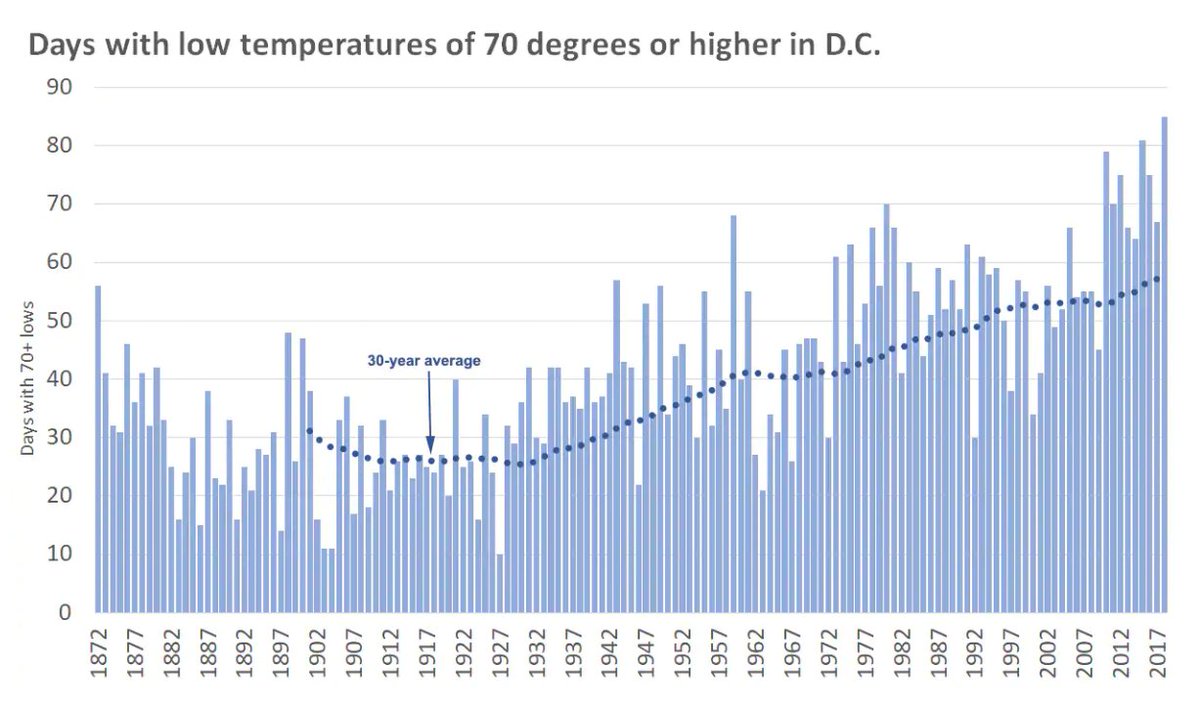
It wasn’t just D.C., either. http://www.climatesignals.org/headlines/washington-and-many-other-cities-have-experienced-record-number-warm-nights-year … via @washingtonpost
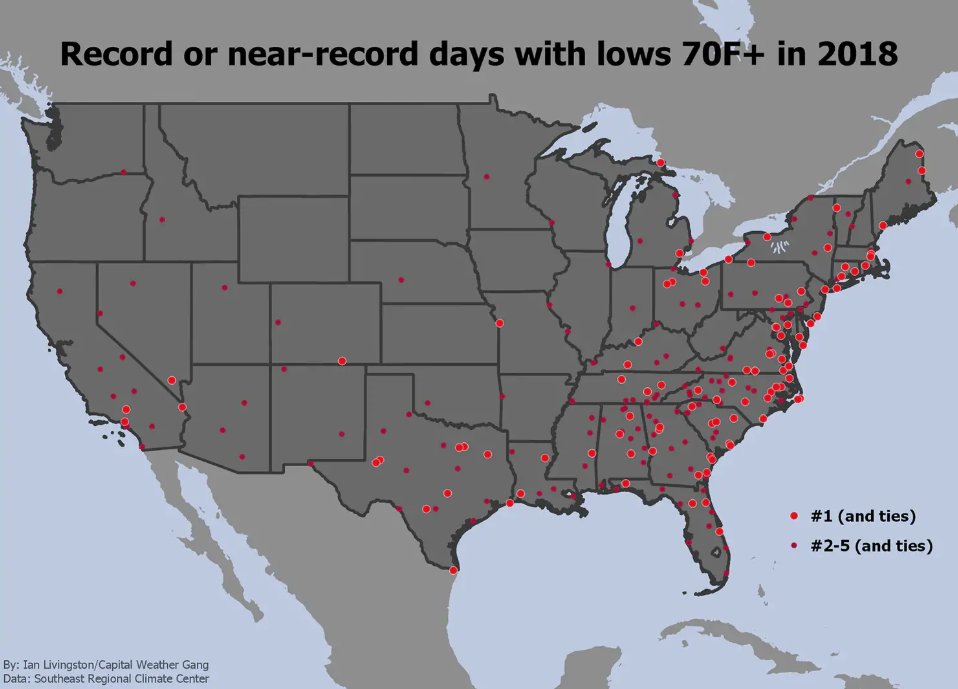
Hot nights are a classic signature of #climatechange on warming planet. Read more: http://www.climatesignals.org/resources/hot-days-and-hot-nights-increasing-united-states …
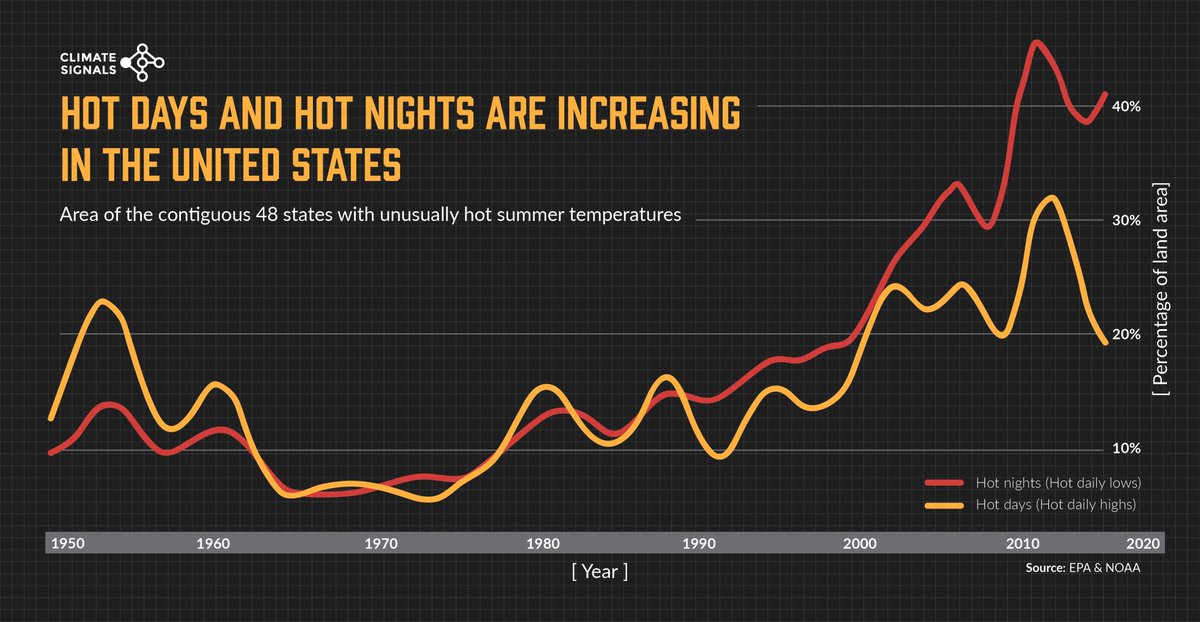
NCEI scientist Deke Arndt talks water vapor and precipitation in @NOAAClimate’s latest #BeyondTheData blog: http://bit.ly/2ODwDSc
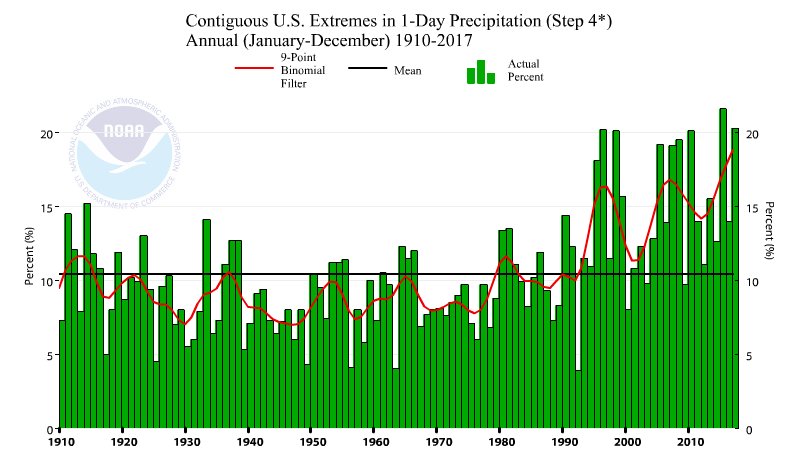
 Fingers crossed that other locations will follow
Fingers crossed that other locations will follow #California’s climate solutions playbook http://bit.ly/2MReK0I

(If you like these posts and my work please contribute via the PayPal widget, which has recently been added to this site. Thanks in advance for any support.)
The Climate Guy







